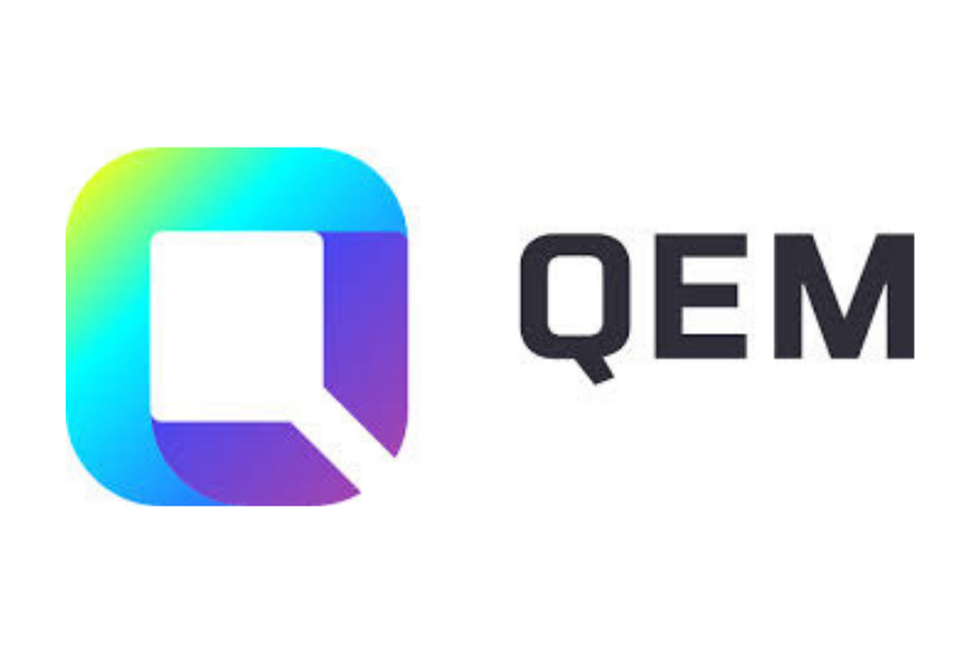It’s a Lithium-ion World, but Vanadium Batteries Are Catching Up

The recent success of lithium-ion batteries in increasingly large systems has brought to light the huge potential for all types of battery technologies, Benchmark Mineral Intelligence says.
The discussion around the energy storage space is heating up, with many market participants wondering which metals will be needed to supply increasing demand from this market.
According to Benchmark Mineral Intelligence, the recent success of lithium-ion batteries in increasingly larger systems exceeding 1 GWh has brought to light the huge potential market for all types of battery technologies.
For many years, vanadium-flow batteries have been a favored technology to enter the energy storage space in a serious way, and the London-based firm forecasts that it could become a major player in the market, second to lithium-ion batteries.
“If a vanadium battery producer steps forward with bold plans to produce vanadium flow at mass scale, giving the industry its ‘Elon Musk or lithium-ion moment,’ the potential for the technology to be the second-most-deployed energy storage system battery in the world is there,” Benchmark Managing Director Simon Moores told the Investing News Network (INN).
Vanadium-flow batteries are a viable option for large-scale storage because they are able to provide hundreds of megawatt hours at grid scale. That means they can be charged thousands of times without losing capacity, while holding large amounts of energy.
This type of battery makes sense where three conditions are met:
- the energy storage systems needs to be big — more than 100 megawatts;
- the system needs to provide power for relatively long durations — at least four hours;
- the system must be used often — about once a day, every day.
“For awhile, the electricity grid didn’t need this kind of energy storage — natural gas power plants did just fine — but the rise of renewable energy and the desire for low-carbon electricity made flow batteries more attractive,” Tim Grejtak, energy storage analyst at Lux Research, told INN.
“As such, we’re seeing greater interest in flow batteries to support wind and solar facilities,” he added.
Lithium-ion batteries currently constitute about 95 percent of energy storage projects today, but as wind and solar become larger parts of the generation mix, the demand for large-scale, long-duration solutions that can last 20 years will be necessary.
According to Cairn Energy Research, the global stationary energy storage market will grow from 3.7 GWh in 2018 to 8 GWh in 2020. By 2027, the market is expected to grow to 87.7 GWh.
“Vanadium flow batteries are in second place in the stationary storage battery race. We live in a lithium-ion world, and will continue to do so for the next decade, but vanadium flow batteries are starting to reach cost-parity in some applications,” Sam Jaffe, managing director of Cairn Energy Research, told INN.
“Vanadium flow batteries will eventually prove to be cost-effective for long discharge applications. Their cost structure continues to hold them back, but as their manufacturing capacity starts to grow out and scale is achieved, the price of these batteries will get lower,” he added.
If vanadium-flow batteries are set to become a major player in the energy storage space, raw material self-sufficiency will be critical, Benchmark’s Moores said. “At least a third of the cost of a vanadium-flow battery is the raw material vanadium pentoxide, which makes up the liquid electrolyte.”
“If companies are thinking of creating the gigafactory of vanadium-flow batteries, they will either need to own a mine or implement a new pricing system where the fully recyclable vanadium in the battery is leased,” Moores added.
Should all the vanadium supply chain challenges be solved, Benchmark believes 25 percent of the energy storage market will be up for grabs in 2028. The London-based firm forecasts that the energy storage market will then be between 100 and 120 GWh in size.
The major flow battery players today have strategic partnerships with large vanadium metal suppliers, and there are many chemical toll manufacturers, “so securing vanadium electrolyte isn’t too difficult; pricing is just a matter of trying to sell the most battery systems, and therefore the most electrolyte volumes, possible,” Grejtak explained.
The analyst added that he doesn’t expect this to particularly change if output increases significantly.
“It’s mostly a strategy for long-term contracts and more stable pricing. Vanadium is primarily used as an additive to steel, which can swing demand up and down depending on construction volume.”
But if production of vanadium-flow batteries scales up, Grejtak agrees with Moores that some companies might end up leasing electrolyte, which could potentially be returned, refurbished, and reused — that’s because vanadium is already widely recycled.
For his part, Jaffe said that in the long-term, the cost of the battery will reduce, but the cost of the vanadium should remain steady, due to the much larger rebar industry demand.
“One interesting facet of the Vanadium flow battery is that at the end of its life (20 years or even longer), the vanadium electrolyte will have the same value to the steel industry that it has today, and it’s easy to recycle — that means that the residual value of the electrolyte is greater than any other battery technology. Once that becomes monetized, it will drive the cost of the battery down even further,” he added.
Speaking about vanadium-flow battery costs, Grejtak explained that a trend in the industry is to think more about lifetime system costs for a project rather than just installed costs.
“In that light, vanadium-flow batteries used in large-scale renewable integration projects are already cost competitive not only against lithium-ion, but also against natural gas turbines,” he said.
Grejtak also added that flow batteries, like lithium-ion batteries now, are a fairly mature technology. “I wouldn’t expect any step change in cost reduction, but prices will improve incrementally.”
That said, prices of vanadium pentoxide, the key raw material needed in vanadium-flow batteries, have been on an uptrend in the past few years, increasing from under US$3 per pound less than three years ago to the current price of above US$19 per pound.
Don’t forget to follow us @INN_Resource for real-time updates!
Securities Disclosure: I, Priscila Barrera, hold no direct investment interest in any company mentioned in this article.
Editorial Disclosure: The Investing News Network does not guarantee the accuracy or thoroughness of the information reported in the interviews it conducts. The opinions expressed in these interviews do not reflect the opinions of the Investing News Network and do not constitute investment advice. All readers are encouraged to perform their own due diligence.

